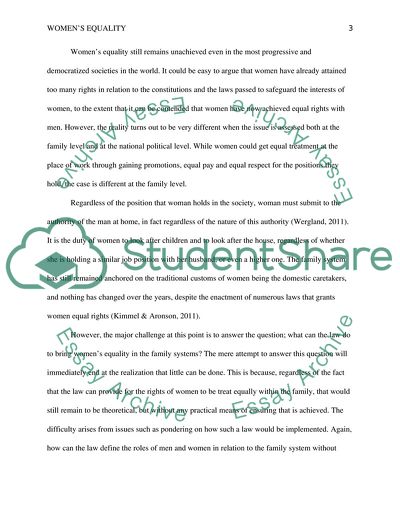Cite this document
(“Womens equality Research Paper Example | Topics and Well Written Essays - 2000 words”, n.d.)
Womens equality Research Paper Example | Topics and Well Written Essays - 2000 words. Retrieved from https://studentshare.org/sociology/1641150-womens-equality
Womens equality Research Paper Example | Topics and Well Written Essays - 2000 words. Retrieved from https://studentshare.org/sociology/1641150-womens-equality
(Womens Equality Research Paper Example | Topics and Well Written Essays - 2000 Words)
Womens Equality Research Paper Example | Topics and Well Written Essays - 2000 Words. https://studentshare.org/sociology/1641150-womens-equality.
Womens Equality Research Paper Example | Topics and Well Written Essays - 2000 Words. https://studentshare.org/sociology/1641150-womens-equality.
“Womens Equality Research Paper Example | Topics and Well Written Essays - 2000 Words”, n.d. https://studentshare.org/sociology/1641150-womens-equality.


